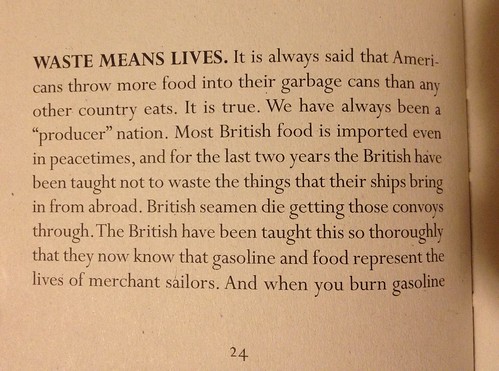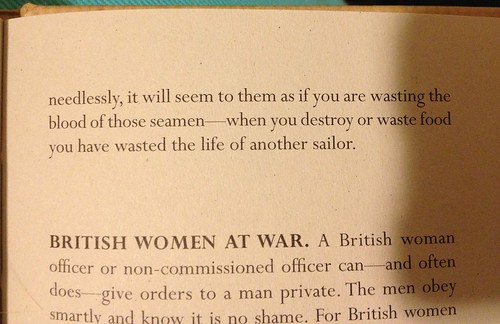The Institute of Mechanical Engineers just released a major study on global food waste. It’s always exciting to see further research on food waste come to light and Global Food: Waste Not, Want Not is no exception.
Its major finding is that 30 to 50% of the world’s food never reaches human stomachs. The lower figure isn’t anything new, but the high end is.
I’ll post further thoughts after I’ve had a chance to fully digest the report, but here are three quick thoughts:
1. Mechanical engineers did this study. That’s not at all a bad thing, but it certainly influences the proceedings. There’s more emphasis on mechanized harvesting. And true to the group’s vision of “Improving the world through engineering,” the report urges:
…engineers need to act now and promote sustainable ways to reduce waste from the farm to the supermarket and to the consumer.
2. There’s not enough emphasis on behavior change. It’s not just that engineers need to act, we all do! The report’s authors don’t imply that these are mutually exclusive, but it would be nice to see some attention paid to individuals’ agency. For example, the third major recommendation:
Governments in developed nations devise and implement policy that changes consumer expectations. These should discourage retailers from wasteful practices that lead to the rejection of food on the basis of cosmetic characteristics, and losses in the home due to excessive purchasing by consumers.
Sure, that could work. But another idea would be to encourage stores and consumers voluntarily make these changes. Not just to wait for government policy to prompt action.
3. We need to be careful about the numbers. As thoroughly examined by Brian Wernham, the media in the UK (where the report was produced) have been quick to ignore the lower figure in 30-50% waste estimate. To be fair, this is not the report author’s fault. And its likely the headline writers more than the reporters. But still.
 The group has a great logo and a neat slogan: “Food is culture…Don’t Waste it–Cook it!” And they have also created this
The group has a great logo and a neat slogan: “Food is culture…Don’t Waste it–Cook it!” And they have also created this 
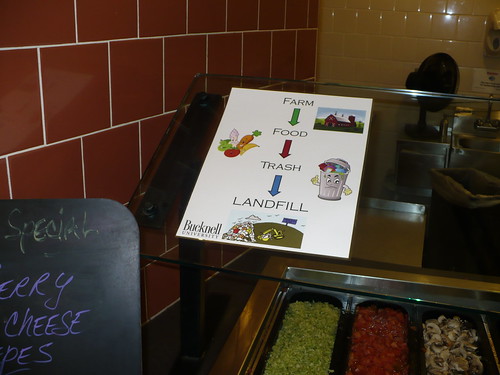
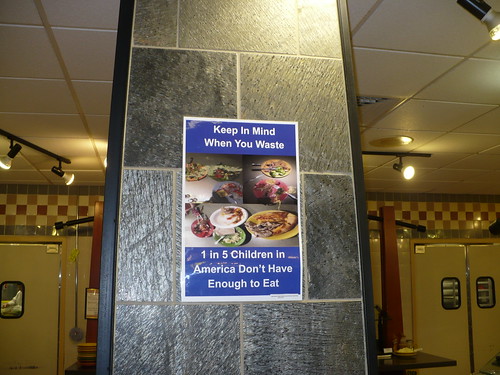

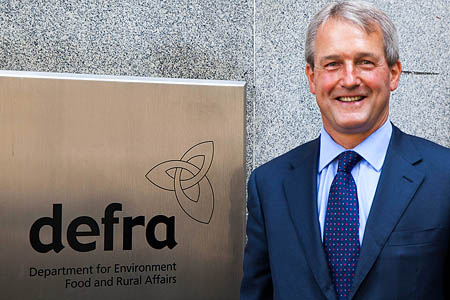
 Our friend Kirsten Bourne, marketing director for San Francisco’s
Our friend Kirsten Bourne, marketing director for San Francisco’s 